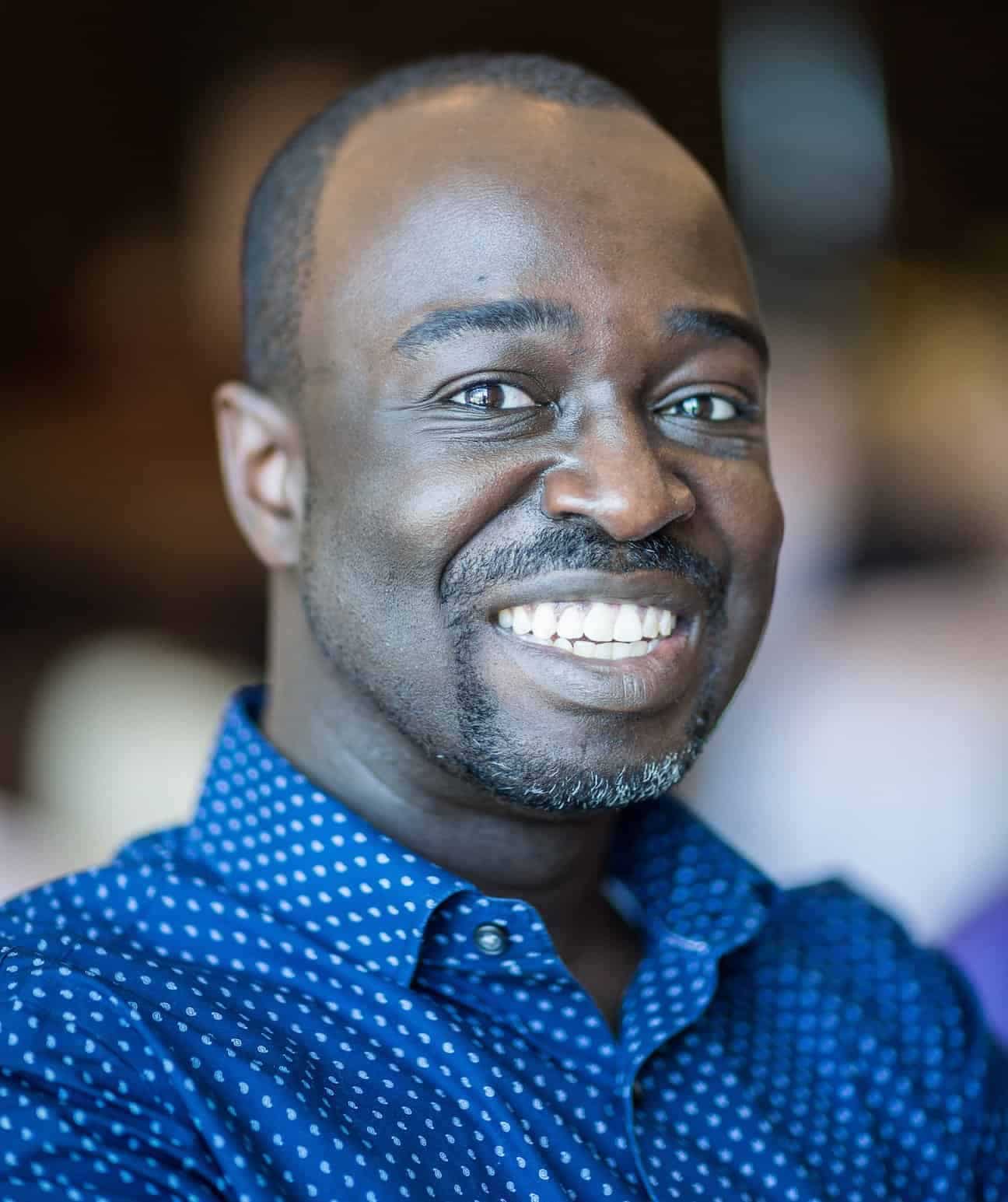“We shouldn’t get our kids ready for the world—we should ready the world for our kids!”
When Kenneth Kellogg spoke these words in his keynote address at the tenth annual Dad 2.0 conference in Washington D.C., they fell on an audience of dads who found themselves divided. Half the room saw a broken world with all of its problems, wanting to protect their children from anything it might throw at them.
And the other half? The other half were the ones who felt that change was still actually possible, believing that there was something they could do to leave the world at least a little better than it was when they first got in it.
I started as a skeptic myself—a Black dad who looked at a four-hundred-year history of abuse and exploitation and knew that I’d have to have the kind of conversations with my kids that other parents won’t have to have with theirs. That I’d have to teach them why people might cross the road when they see them coming or follow them when they’re shopping in a store. While I’d love the world to be different, I had to prepare them for the reality we’d been given if I wanted to do my job as a dad.
But the longer I sat with it, the more I asked myself this question—what if there was more that I needed to do as a Black father of two mixed children?
What I realized is that while I might think there was no way I could meaningfully improve the world that I helped bring my children into we often fail to understand the impact of the things we choose to do with our time.
When I started writing a Black History Month series, Tales from the 2.9 the year my second son was born, it was a way to explore what it meant to be a Black Canadian and give me more I could teach my kids. And when George Floyd was murdered, I drew up Murdered for their Melanin, an infographic celebrating the stories of so many Black people who’d had their lives tragically stolen away in the decades before George Floyd—and sadly, only a precursor to the many more that’ve been stolen away since.
But those both marked a moment—a static point in time that people would eventually forget and move on from as life gave them so many other things to think about—especially in the middle of a pandemic where we’re all struggling to keep our families safe. What would come next, though, is something that would change the game—something that would continually let me work at improving things for my community by fostering a space where hundreds of us could shine by showing that we were part of something bigger than ourselves. Through many late nights of scouring websites and coding, I finally developed something that could grow with me over time—the Black Canadian Creator Directory.
The Black Canadian Creator Directory: Changing the Way We Discover Black Canadian Content!
The Black Canadian Creator Directory—or the BCCD for short—is a growing list of content creators that I developed with my friends Kaya Marriott of Comfy Girl with Curls and the Black Bloggers Support group, and Sherley Joseph of The Chonilla Network and the Black Canadian Creators group. It’s a searchable and sortable directory of more than
450 names and counting of Black creators from coast to coast who all offer a different sliver of the Black Canadian experience.
We created it because we’ve known for a long time that Black people have been vastly underrepresented in the world we see around us. The shows that we watch, the articles we read—Black Canadians at 3.5% of the Canadian population have colourful and thriving communities all across the country, but they felt virtually invisible if you weren’t already living in them.
What the BCCD does is shine a light on people telling Black Canadian stories who aren’t named The Weeknd or Drake and start fleshing out the fullness of Black Canadian culture and the more than two hundred different ethnic backgrounds that it represents. For me, at first, it was a data collection exercise, looking through every hashtag, list and group to find my people and get all their info in one place. But the more I worked at it and talked it through with my collaborators, the more I understood that it was something so much bigger than what I originally imagined—it was our digital flag, declaring to the other 96.5% of our country that we exist and that we’d be sharing our stories more and more every day—but were they ready to see us?
And that’s something I learned from all of this—that readying the world for our kids doesn’t have to be something massive; it could just be adding little changes that make it somewhat easier to navigate than it ever was for us.
As for the Black Canadian Creator Directory, I encourage you to check it out. More than four hundred stories don’t exactly put a dent in the nearly 1.2 million Black Canadian narratives available out there, but before this directory existed, it’d probably have been four hundred more than what I’d have heard about.
Be positive, test negative, and take those little steps to make the world you want your kids to live in, one day at a time.


